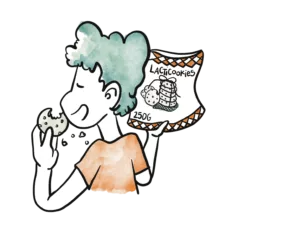Notre observatoire de connaissances et de transmission
Ici, on garde un œil attentif sur le monde et un autre sur vos besoins pour vous informer des avancées, projets et nouveautés qui comptent. Découvrez comment nous relevons chaque défi et restons à l'écoute des enjeux d'aujourd'hui.
Glossaire
